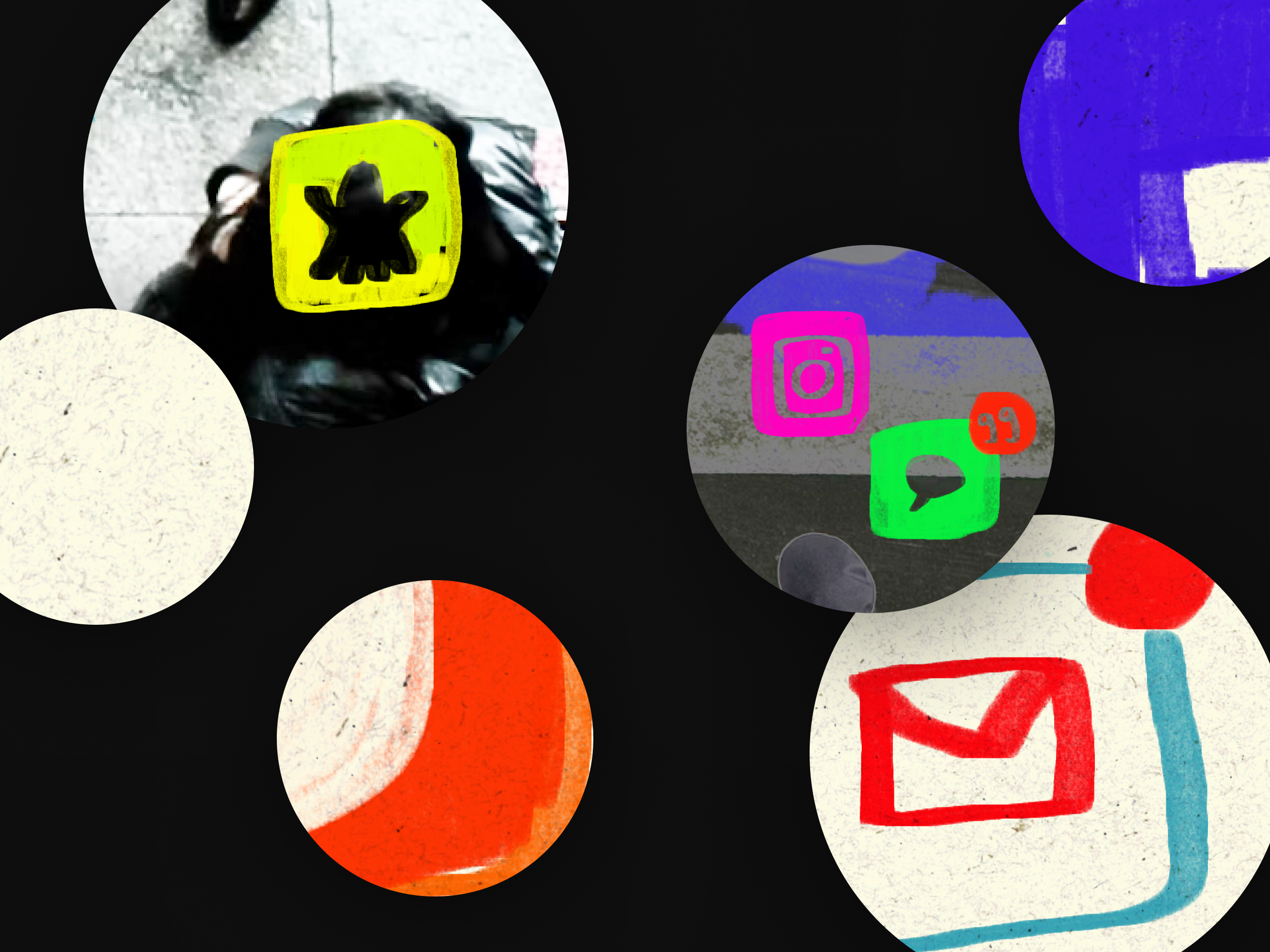Curious by Design
July 2, 2025
Curiosity isn’t just about asking questions. At its root, the word meant something else. It comes from the Latin cura; which means care. Attention. To be curious is to care enough to look closer, to wonder why, to sit with the parts that don’t make sense. At a small studio, that’s what we do. Every day. We care deeply, about the people we collaborate with. About what things mean. About getting it right, not fast.
Most of the world moves quickly. Scroll fast, ship fast, answer fast. But curiosity doesn’t move that way. It takes its time. It questions the brief. It pulls at loose threads. It asks again, “What’s this really about?” That kind of slow thinking can be uncomfortable. But it’s how we make work that lasts. We don’t chase clarity. We build it. One question at a time.
You’ll notice it when we talk. Our meetings often begin with questions that don’t seem necessary—until they are. “What does this remind you of?” “What’s missing here?” “What keeps coming up?” These questions don’t come from a script. They come from a habit of paying attention. Clients sometimes come in thinking they need a logo. What they often find is a new way to tell their story. That’s the power of curiosity. It doesn’t settle for the surface.
There’s a difference between polishing and understanding. Many identity studios are good at polish. They know how to make things look clean. But looking clean doesn’t mean being clear. We dig deeper. We ask the uncomfortable questions. We don’t stop when something looks finished. We stop when it feels honest. That’s why our identity systems hold up. They’re not just beautiful. They’re true to the people behind them.
We don’t stop when something looks finished. We stop when it feels honest.
That mindset of looking harder, listening longer makes us hard to copy. You can replicate a font. You can mimic a layout. You can even steal our color palette. But you can’t copy our thinking. You can’t replicate the moments when we’re asking questions no one else thought to ask or the extra explorations we experimented with because something still doesn’t feel right. That part doesn’t live on a template. It lives in how we work.
Curiosity also changes how we work together. It makes collaboration stronger. It removes ego from the room. When everyone’s trying to learn, no one has to be right all the time. We question our own ideas. We shift direction if something better appears. Because it’s not about winning, it’s about making the work better. Curious people don’t just take up space, they make space for others.
Curious people don’t just take up space, they make space for others.
It’s also why we’re not trend-driven, we’re not watching for what’s cool next. We’re listening for what matters now. That requires different muscles. The work becomes paced, deeper, more grounded. Because it’s built on real needs, not guesswork. The things we make aren’t made to impress, they’re made to connect.
Even our operating framework reflect this. Identity Architecture isn’t a checklist. It’s a set of thoughtful prompts. What do you stand for? What are your non-negotiables? What do you want to be known for? The answers don’t arrive all at once. They take time. Reflection. Honesty. That’s the point. Our framework is built to invite clarity, not force it.
Our framework is built to invite clarity, not force it.
The truth is, we don’t always know. We start with questions, not answers. And we stay open for as long as it takes. Curiosity protects us from arrogance. It reminds us to keep learning, keep listening, keep paying attention. The best design doesn’t come from knowing everything. It comes from being willing to keep looking.
We are curious by design not because it’s a strategy, but because it’s who we are.
Peace.


.png)